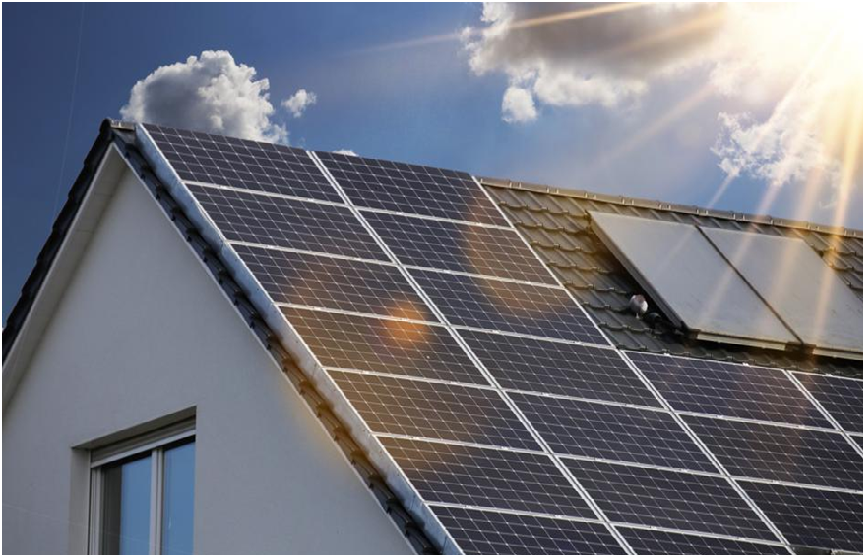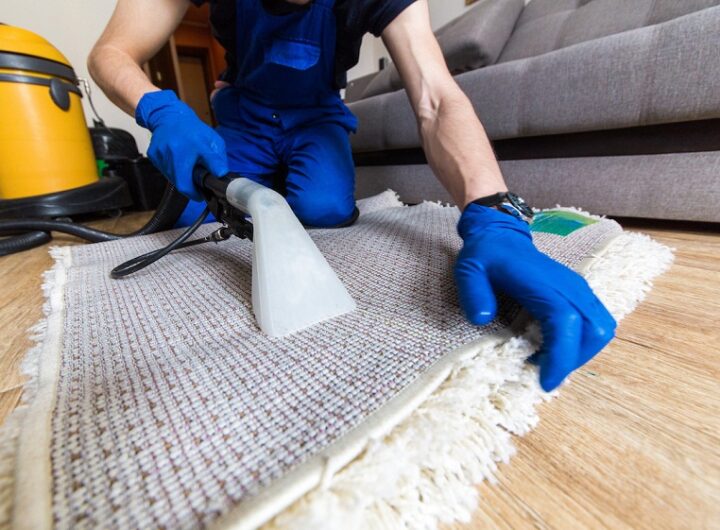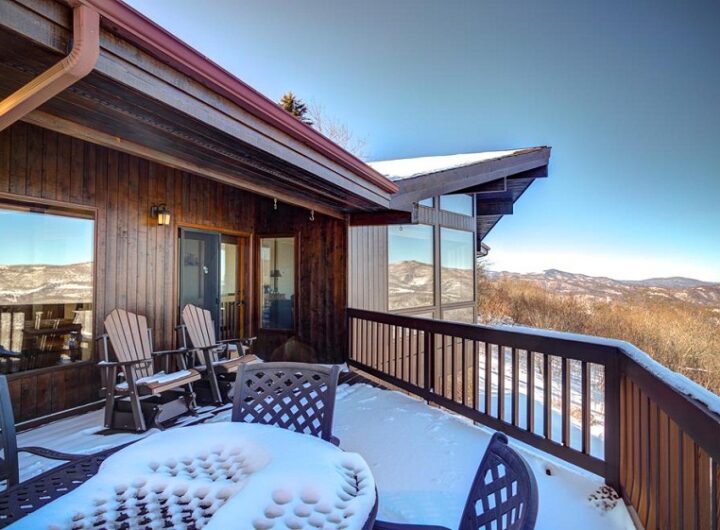
Solar systems aren’t free; they do cost money. However, the good news is that the cost of solar energy has gone down a lot in the past decade, even with recent increases in interest rates. Plus, there are various rebates, incentives, and programs available to help lower the overall expenses.
If you’re a homeowner or business owner looking to invest in long-term renewable energy, you have options to cover the costs. You can pay in cash, sign a lease, or explore different solar financing choices.
But, how does solar financing work? Before you commit to any solar financing deal, it’s essential to look at all the options so you can get the most out of your investment and meet your energy goals.
Main Ways to Finance Solar Systems
Solar Loans
Solar financing lets property owners get a new solar system without a hefty upfront payment. You’ll typically pay off the loan over 10-20 years with monthly payments to the bank, lender, or solar financing company. It’s a straightforward way to go solar.
Solar Leases and Power Purchase Contracts
Think of these options like renting a car or an apartment. With a solar lease or a power purchase agreement, you don’t have to buy the solar panels; instead, you buy clean electricity from an external provider.
Cash Payment
If you have the money, you can buy solar panels outright with cash. Cash deals are often the quickest way to break even because the savings on your electricity bill can offset the system’s cost. Cash-paying customers own the entire system and all the electricity it produces, just like those who take out a solar loan. Plus, cash payers can qualify for rebates and incentives to bring down the initial system cost.
This post was written by Daniel Massaad, owner and expert solar technician at Energy Solutions Direct! ESD is the top choice for solar company Tampa FL! Our licensed and certified contractors are masters of their craft; with years of experience servicing the great Tampa Bay area and beyond, the choice is simple. ESD excels at offering you the best in solar value!

 Enhancing Home Resale Value With A Quality Air Conditioning Installation
Enhancing Home Resale Value With A Quality Air Conditioning Installation  Common Misconceptions about Aircon Gas Top-up: What You Should Know
Common Misconceptions about Aircon Gas Top-up: What You Should Know  Going Off the Grid: How Solar Panels with Battery Storage Can Revolutionize Your Energy Independence
Going Off the Grid: How Solar Panels with Battery Storage Can Revolutionize Your Energy Independence  Do Led Recessed Lights Use a Lot of Electricity?
Do Led Recessed Lights Use a Lot of Electricity?  Four spring tips to freshen up your home.?
Four spring tips to freshen up your home.?  How to cool a room without an air conditioner.?
How to cool a room without an air conditioner.?  How Often Should You Vacuum Your Carpet?
How Often Should You Vacuum Your Carpet?  Myths about Pest Control Services in Clermont: You Need the Experts!
Myths about Pest Control Services in Clermont: You Need the Experts!  A Log Cabin State of Mind
A Log Cabin State of Mind  Financing Your Dream Home: An Introduction to Construction Loans
Financing Your Dream Home: An Introduction to Construction Loans